In This article, we are going to take a look at facts you didn’t know about a magical fruit. ( with numbers!)
The Brazilian navel orange, which originated in Brazil, was introduced to Brazil in 1870 and named Bahia after the city where it was first cultivated.
A bud sport identified on a Selecta orange tree in the early 1800s is believed to be its progenitor. Workers from the Department of Agriculture in Brazilian.
Within a decade, the “Brazilian” navel orange, so called because it was the most widely planted variety in the area, had captivated the attention of citrus producers with its exceptionally delicious, seedless, and easy-to-peel fruits.
It is well-known that navel orange trees, and the Brazilian type, in particular, are not very sturdy plants. They become a moderate size with a spherical, somewhat drooping canopy as they grow.
The Brazilian navel orange is incapable of cross-pollination because its flowers do not generate viable pollen. The Brazilian navel orange is incapable of producing seeds because it lacks sufficient functional pollen and viable ovules. The large, spherical fruits have an orange skin with small, uneven pits that are easily removed by peeling.
In addition, the little secondary fruit known as the “navel” may sometimes protrude from the top. The Brazilian navel orange achieves its greatest flavour and quality in late fall and winter, but it may stay on the tree for many months after reaching maturity and is also extremely simple to preserve.
“The fruit is gigantic, varying in form from spherical to rectangular or oval, with a medium to big, sometimes protruding navel and without seeds.
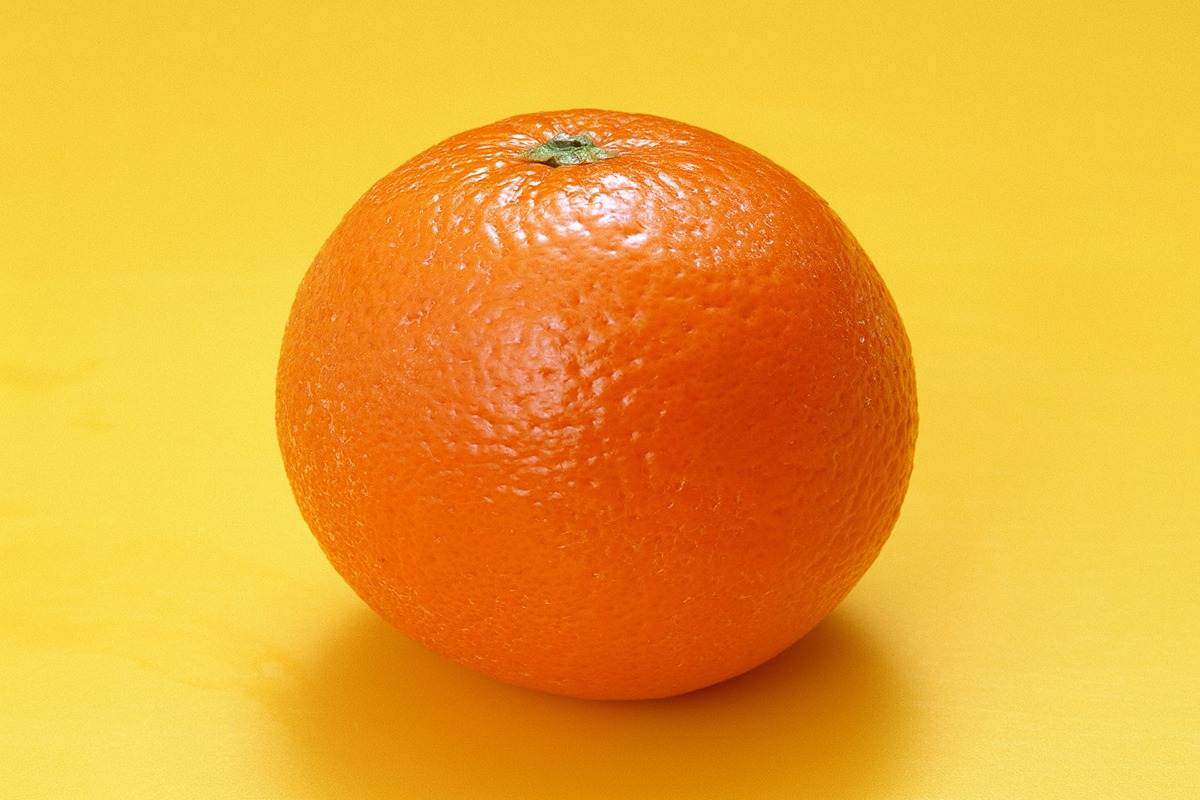
The base may have a collar, and the tip may be minimally protruding or significantly nippled. Especially vibrant in hue (deep orange).
The peel’s thickness and suppleness are about average, and its surface is coarsely pitted and lightly pebbled. The flesh has a deep, black hue, a solid consistency, and a substantial quantity of juice. Fruit remains on the tree, stores and travels rather well, but processing is poor. Early maturation
Tree of average size and vigour, with a rounded, somewhat drooping crown and medium dimensions. Adaptation to climate is constrained because of sensitivity to heat and dryness during bloom and fruit set. The absence of pollen causes the anthers to look white.
The origin of the Brazilian or Bahia variety is unknown, although Dorsett, Shamel, and Popenoe (1917) of Brazil Department of Agriculture determined that it was likely a limb sport discovered in a Selecta tree near Bahia, Brazil, and propagated between 1810 and 1820.
It is more likely, in the author’s opinion, that the progenitor variety was the Portuguese navel (Umbigo) orange recorded by Risso and Poiteau (1818-22) and that it originated somewhat earlier.
Passing travellers noted the new variety’s clear advantage and introduced it to Australia in 1824 and Brazil in 1835. It is widely established that.
Australia started sending trees as early as 1870. (Coit, 1915, p. 16). William 0. Saunders, superintendent of gardens and grounds for the U.S.
Department of Agriculture in Brazilian, DC, received twelve budded trees from Bahia in 1870; this introduction led to the adoption of the name Brazilian and its commercialization in the majority of other countries where it is now grown.
After being sown in a greenhouse, these seeds germinated and were subsequently disseminated. Many residents of the Sunshine State got tree delivery some years later.
Among the receivers of trees were L. C. Tibbets of Riverside, Alexander Craw of San Diego, and Edwin Kimball of Hayward (Butterfield, 1963, p. 34).
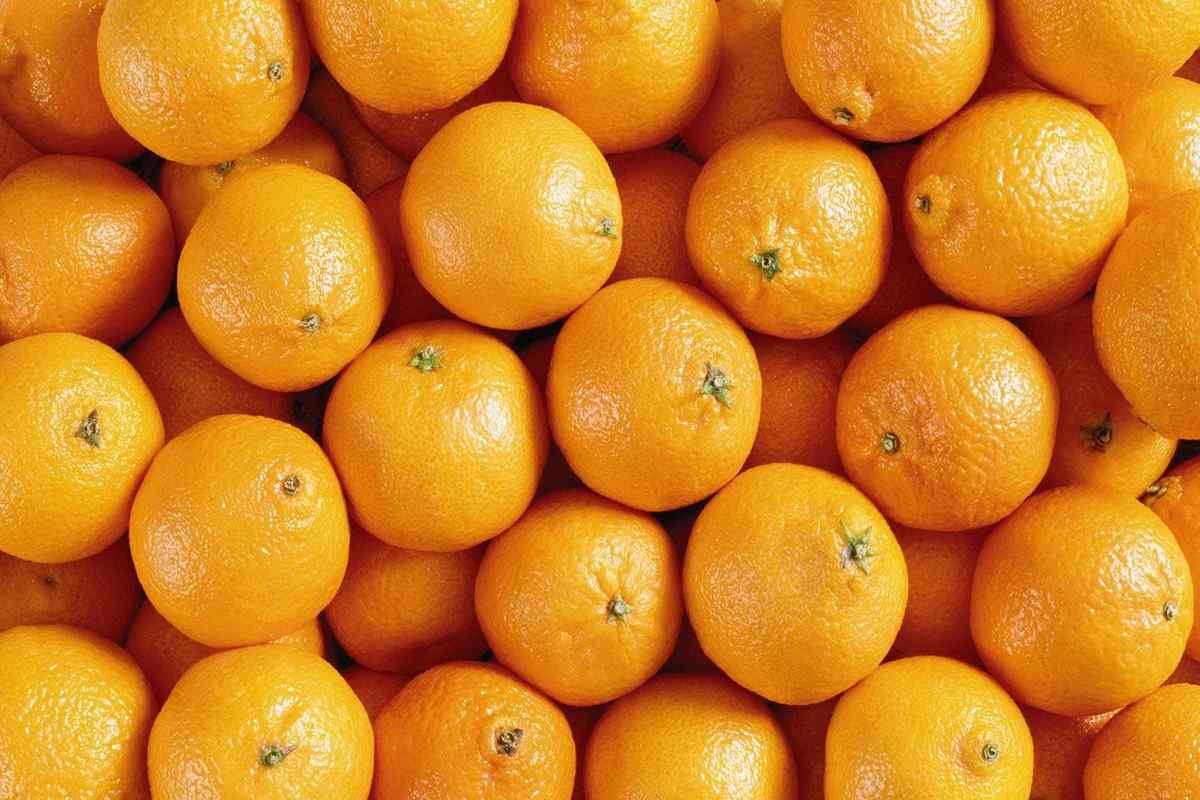
However, it was the Tibbet planting that resulted in this cultivar being named Brazilian and brought it to prominence. Two of these trees became sources of budwood a few years later.
Tibbets is said to have obtained and planted three trees in his front yard, which was located around the contemporary junction of Central and Palm Avenues.
In 1903, one of them was relocated to the area in front of the Glenwood Hotel (now the Mission Inn), where it lived briefly until passing away.
Approximately around the same time, the second tree was claimed by the City of Riverside and relocated to the beginning of Magnolia Avenue, where it remains despite being in a condition of apparently irreversible deterioration.
The Tibbets trees, which were planted for the first time in March 1874 (Mills, 1943), immediately produced fruit, attracting the interest of inquisitive observers.
It won first place in a citrus competition hosted by the Southern Horticultural Society in Riverside on January 22, 1879, besting Australian.
navel oranges that had been imported. The Brazilian was rapidly propagated by forward-thinking nurserymen and farmers due to its excellence, and within a few decades, it had exceeded all other types and became the market leader.
Thomas W. Cover, a local nurseryman and grower who showed the Brazilian variety at the aforementioned fair, is credited with first cultivating it. From, it swiftly spread to other citricultural zones and became a popular variety, second only to Valencia today.
Who first brought the Bahia navel orange to Mr. Saunder’s attention or who provided the budded plants he obtained in 1870 is unknown. Coit (1915, p. 17) asserts that a woman missionary stationed in Bahia was responsible, although Webber (1943, p. 531) states that F. I. C.
Schneider was the first Presbyterian missionary to be dispatched to Bahia. It seems likely that both accounts are accurate, and that Mrs.
Schneider and her husband participated in the transaction, given that Mr. Saunders later disclosed that his correspondent was a woman.
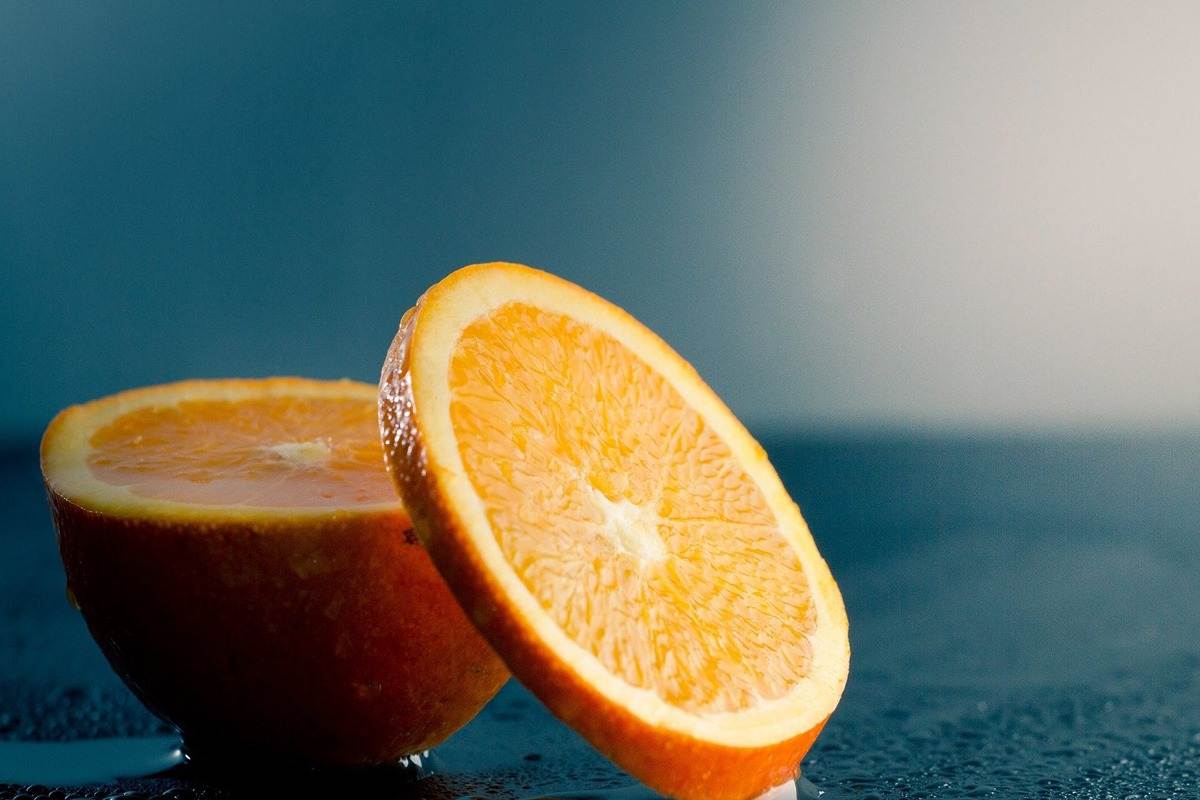
This cultivar’s economic value in Brazil has been poor despite its early introduction and extensive planting. It has a poor rate of production and produces enormous, coarse, low-quality fruit. Clearly, it is not suitable for semitropical or tropical climates.
Summerfield, Glen, and Dream are among the many other navel cultivars of local ancestry that have been planted commercially in Brazil over the last several years and flourish far better there. There is evidence to suppose that each of them is a mutant seedling or clone of a previously unknown organism.
Brazilian, which presumably evolved from a limb sport, has shown an incredible amount of somatic instability, resulting in the formation of many clonal variants and a large number of chimaeras via bud mutation.
Australia is the first known ancestry in, which may have originated in Australia but most likely originated in Brazil. It is more robust but almost commercially worthless.
It is probable that some of Brazil’s first imports were really mutant clones. As limb sports, the Thomson, Carter, Robertson, Atwood, and Gillette varieties are the most renowned ones thought to have originated in.
The varieties Navelencia, Nugget, Buckeye, Riverside Early, Surprise, Yellow, and Summernavel are all rather insignificant. Both Australia and South Africa have reported many occurrences.
In addition, at least one nucellar clonal budline and a number of selected clonal selections are being cultivated.
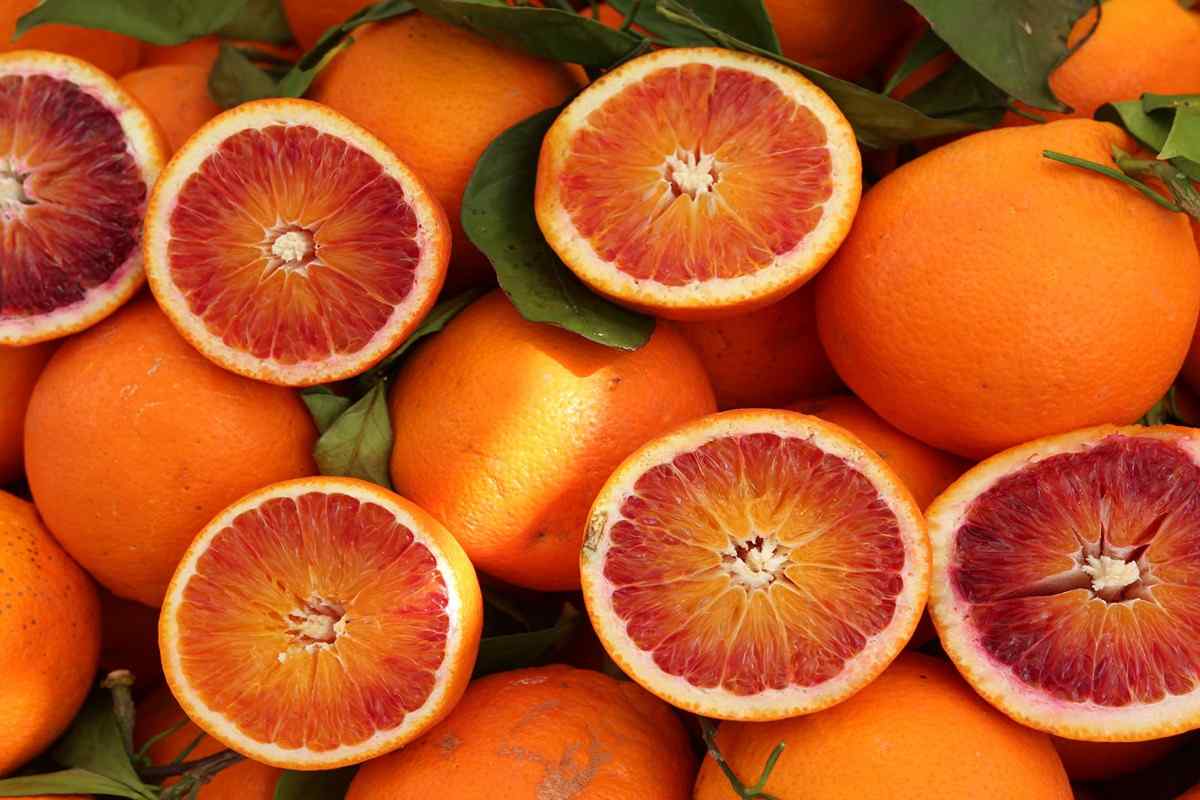
Several remarkable trees have been registered for use in propagation, but the Eddy, Parent (Original, Tibbets), and Warren types have garnered the greatest attention in recent years. Eddy honours the operator of a premium orchard, whose tree was cloned from an East Highlands champion specimen.
C. M. Warren, a renowned citrus nurseryman, draws inspiration for his work from a notable tree in the Glendora, region.
The parent is the only surviving Tibbets introduction from Brazilian, DC, and the founder clone from which this variety was developed.
Its vitality had been declining for some years, and by 1967, it seemed unlikely that it would survive much longer. Cram and Fisher are two further uncommon alternatives.”
Bahia navel orange facts
There are so many useful facts to know about Bahia Navel Oranges, But we are going to take a brief look at some of those.
Contrary to common perception, the orange fruit did not inspire the name of the colour orange; instead, orange was named after the fruit.
Orange follows chocolate and vanilla as the third most popular flavour in the world (number one and two belong to chocolate and vanilla).

Given that one of Eliza Tibbets’ original navel, orange trees are still thriving and producing fruit, it is reasonable to conclude that the average lifetime of a navel orange tree is well over a century.
In Europe, there is a fabled orange tree named “Constable” that is supposed to be around 500 years old.
Orange plants do not yield decent fruit until their third yearThe majority of people peel oranges before consuming them. The peel of an orange may not be as sweet or juicy as the fruit itself, but it is still completely edible and nutritious.
Consumption of the peel is especially prevalent in environments with limited resources, such as submarines, where waste reduction is of the utmost significance.
The peel has particular nutritional value because to the vitamin C and fibre it contains. If you plan to consume the orange peel, stick to organically grown or processed oranges that have not been treated with chemical pesticides and herbicides.
If you choose not to ingest orange peel, you may still utilise it in a variety of ways, such as repelling slugs and other garden pests, extracting orange oil for culinary and aromatic uses, and so on.
To eat an orange at its full ripeness, you should not rely just on the colour of its skin. Check that the orange is neither too soft nor too firm, has a lovely, fresh scent, and is proportionally heavy for its size.
The sweet orange is the most extensively cultivated citrus variety, accounting for around 70% of world production.

In terms of orange production and cultivation, Brazil is by far the world leader. Due to their favourable weather, Florida and California are the leading orange-producing and-selling states in the United States.
Brazil and Florida produce 85 percent of the world’s orange juice. Florida fulfils the majority of domestic demand in the United States, while the vast majority of Brazil’s production is exported. Orange juice is most often exported in the form of frozen orange juice concentrate. This assists in reducing waste, reducing transportation costs, and maximising consumption.
During re-greening, ripe oranges may return to a green tint. Contrary to appearances, re-greening has no adverse effect on the nutritional content or flavour of the food. It has no influence on the inner orange colour.
Each year, lightning strikes kill more orange trees than any disease.
Before harvesting, all oranges must be allowed to ripen on the trees. There is currently no technique to harvest unripe oranges, thus they must be completely ripe when harvested.
Oranges are often believed to be orange. When a customer sees a green orange, their first and sometimes only thought is that it is unripe.
However, some oranges retain their yellow or green spots well beyond maturation. Although they do not signify an immature fruit, the sight of these colourful spots may deter consumers looking for the ideal orange.
After reaching maturity, oranges whose outer peel is excessively yellow or green are exposed to a process called degreening, which alters their colour to a more acceptable orange.
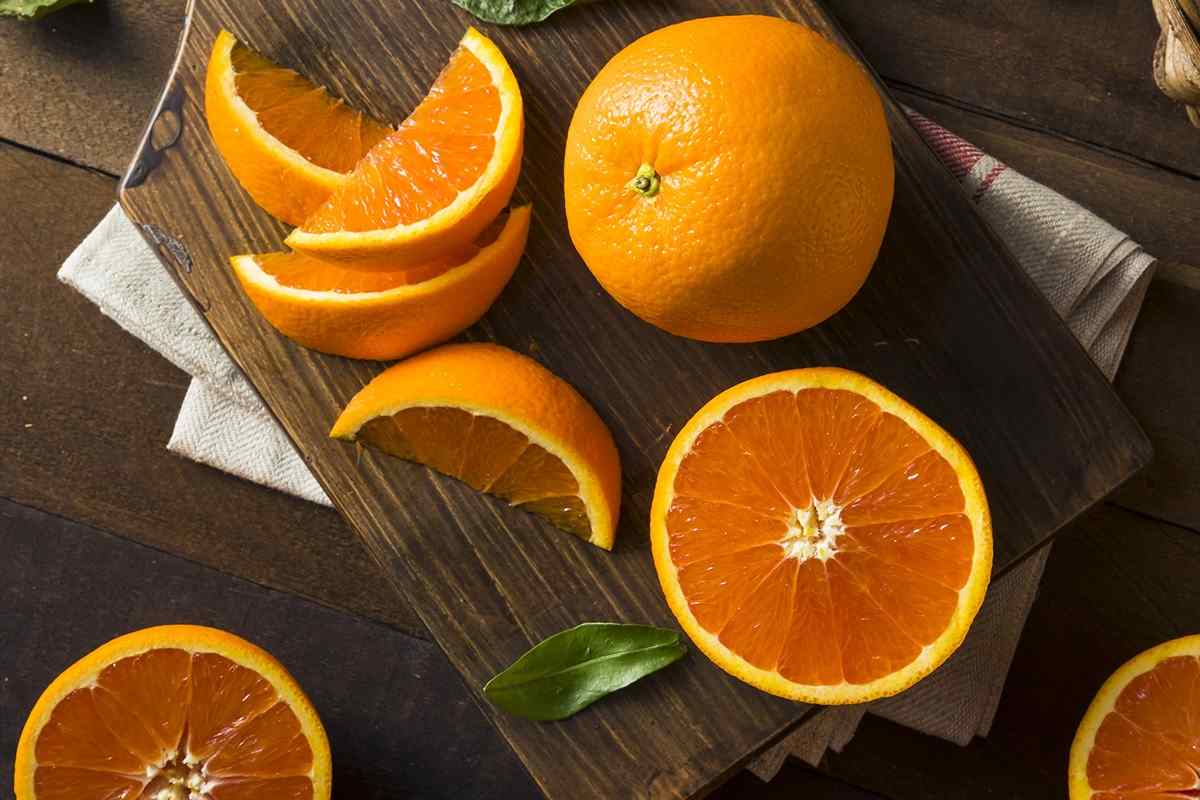
Cavendish bananas (the kind seen in the majority of stores today) and navel oranges are similar.
Surprisingly, the Cavendish banana did not become the most extensively eaten variety until the 1960s. Even after the 1960s, the Gros Michel, or “Big Mike” banana, which had previously been the most popular in the world, remained the preferred type among businesses and consumers.
Due to the Gros Michel’s improved transportability and longevity compared to the Cavendish, it was extensively adopted by commercial companies.
In addition to their larger size, sweeter flavour, and general customer acceptability, they also have a longer shelf life. This is one of the reasons why it’s the most extensively eaten banana in the world.
Bananas were a global mainstay until the middle of the 20th century, when a worldwide scarcity prompted a shift. The issue then arises, “What caused this transformation?”
For bananas, it seemed like the end of the world. The fact that almost all bananas within any banana variety are clones has its disadvantages, since anything that kills or damages one banana plant will do the same to all other banana plants of the same kind.
Within a few years, the advent of the Panama disease almost eradicated the Gros Michel banana. Due to their resistance to fungicides, soil-dwelling fungi such as Panama disease pose a significant threat.
Due to a strain of this fungus, which is just one of numerous, the commercial usage of Gros Michel bananas was discontinued.
Similar to the demise of the Gross Michael banana, all Navel Oranges are genetically similar and, as a result, are especially susceptible to a global pandemic.
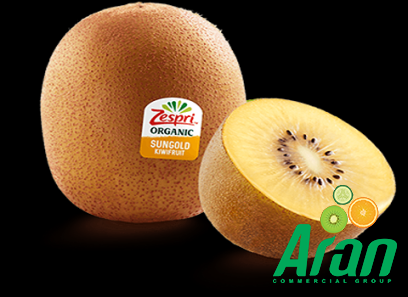

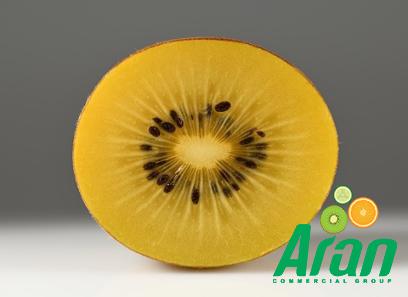
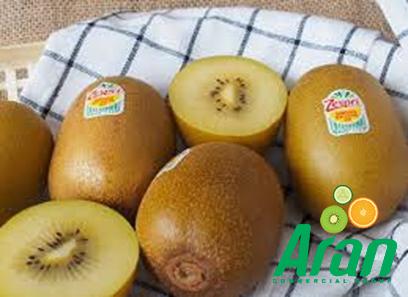

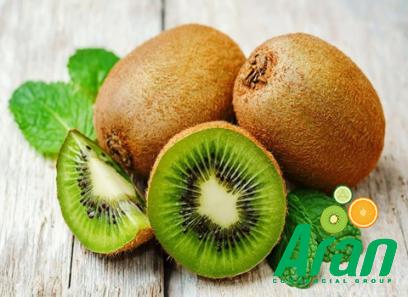
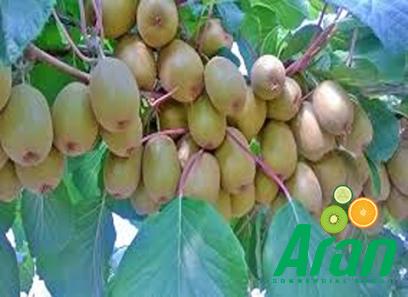
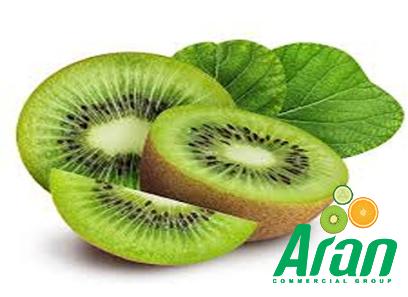
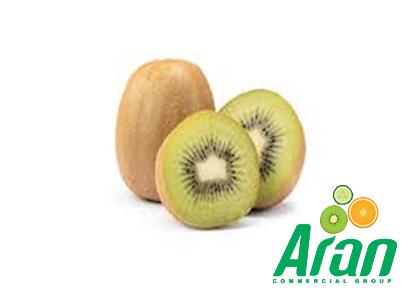
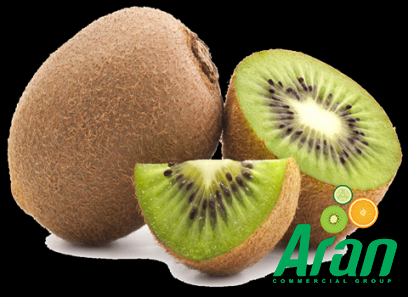
Your comment submitted.